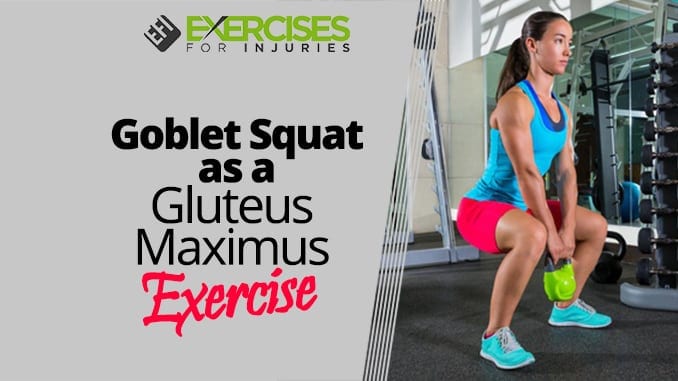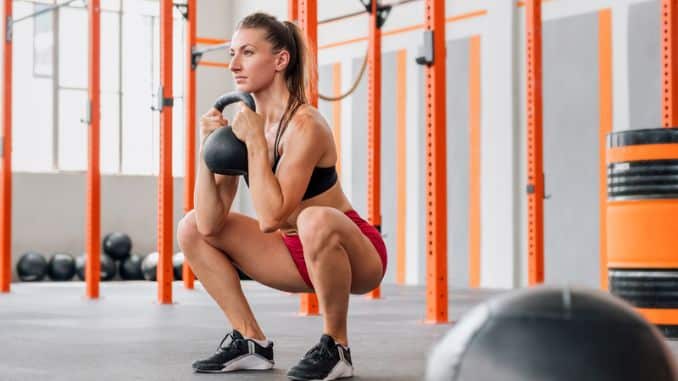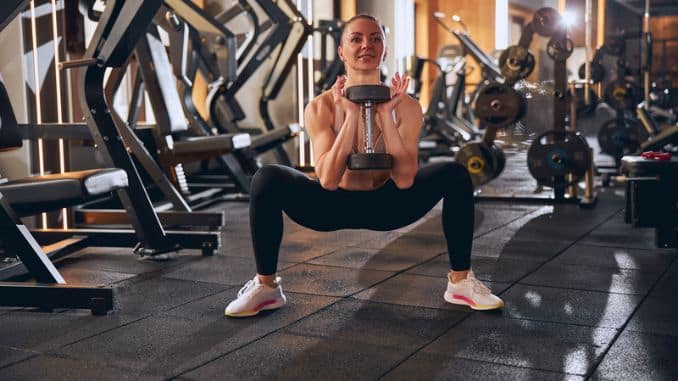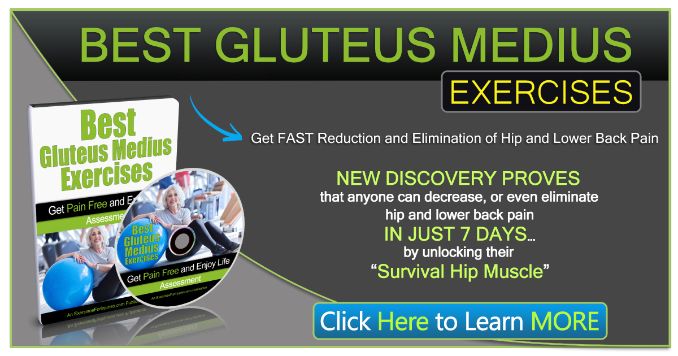
A goblet squat is a classic lower-body strength move. It’s a form of the squat (a foundational strength-training move that works almost every major muscle group in the body), but it’s performed while holding a dumbbell or weight plate (the “goblet”) in front of your chest. By altering your grip on the “goblet” (hence the name), you can engage different muscles and hit the glutes from different angles. Goblet squats can be done with your feet planted on the floor or with your toes on a raised surface (a step or a box), which puts more emphasis on your glutes and less on your quads. The goblet squat is a compound exercise, which means it recruits multiple muscles at once and is therefore more effective than single-joint moves like the leg curl.
It has been a great week.
Lots of questions have come in from email and Facebook.
Here is one that was asked about Tyler Bramlett’s article on the Importance of Movement Progressions for Post Surgery Knee Recovery
So, why is the goblet squat a good exercise for gluteus maximus activation?
– Tim D
First of all, any squat, when done correctly, is an excellent glute activation exercise. The goblet squat is simply the best way to go when rehabbing injuries or teaching a beginner how to squat.
With regular barbell squats, people have difficulty getting into the proper position. Back squats can hurt where the bar goes, and often people can’t keep their torso upright enough, putting too much stress on the back. Front squats hurt most people’s wrists and tend to emphasize the quads.
With the goblet squat, the weight is centered right in front of your chest, which gives you a counterbalance that allows you to go deeper safely. And since you are holding the weight in front of you with your elbows facing down, you can maintain your natural spine curve throughout the exercise and even use your elbows to open up your hips.
The goblet squat is the safest way to teach someone to squat correctly, and provided you can fire your glutes, squats are one of the best ways to prepare your body to apply force through your glutes.
Make sure to take a look at Tyler’s Warrior Warm-Up. Great stuff that will help prevent injuries.
If I have Elbow Pain, Do I have to Stop My Training?
Jedd Johnson and I finished our coaching call for Fixing Elbow Pain customers. It was great to have people on the line (Hugh, Scott, and others) and to have questions sent in. We answered questions for about 70 minutes.
Here are some of our notes from the call:
Does your training have to be ultimately pain-free, or is it OK to still have some pain (but not so much)?
Returning to training usually involves changing the exercises to those that do not produce the pain response.
You can accomplish this by changing the implement being used or by changing the positioning of your body– kind of like ergonomics.
These two methods have enabled me to keep training without losing strength and making the injury worse.
A good example is, instead of doing barbell curls (which, for me, creates a lot of stress in the elbow), I will use an EZ Curl Bar, the kind with the wavy angles in the middle. This allows me to train the arms without aggravating the elbows.
Another thing to keep in mind is I follow the guideline of “attack the weakness” or “attack the injury,” meaning I will stimulate the area using specialized tools like SMR balls, foam rollers, etc., as well as other implements that enable me to focus in on the site that is hurt. This helps me keep the healing process going and keep blood flowing into the area.
For example, I’m doing grip-specific exercises like 2hp, Fatdumbbell lifts, some gripper work, and those with (semi) maximum weights.
This sounds like a good mix. If you keep experimenting, you may be able to find variations of these lifts that cause you no aggravation at all, and you can train even more intensely. Always remember to warm up and stretch after workouts to increase blood flow to the area if you don’t want to stick with lighter weights.
If you have Fixing Elbow Pain, we will be sending out the call recording next week. If you don’t have Fixing Elbow Pain, you can get it here.
I have Hip Dysplasia; what exercises should I do?
I had a friend, Shawna Kaminski, send me a question about hip dysplasia, as she has a client that has it and is wondering what to do and not to do when it comes to exercise.
Hip dysplasia is where the hip bones are not aligning well with the hip joint. This can occur as an infant, child, or adult.
The first thing to do is get guidelines and recommendations from the doctor who diagnosed you. They will have the best idea of how severe it is and what you can do.
After this, I would focus on minimizing pain. Avoid positions and activities that lead to pain. Pain will inhibit the recovery process.
Be cautious of single-leg exercises, single-leg jumping, and running when it comes to exercise. These activities put a lot of stress on the hip joint. You can build up to them but monitor how your hip feels in time.
I would work on performing:
- bilateral squats
- unilateral squats – starting with balance and then progressing
- lunges – starting with static and moving to dynamic
- glutueus medius exercises
- gluteus maximus exercises
I hope this gives you a start.
What is Coming Up: Gluteus Medius Exercises
I have a preliminary graphic for next week’s Injury of the Month gluteus medius exercises.
It looks great:
I know it is not a specific injury. Still, I use gluteus medius exercises for so many injuries and significantly lower-body injuries, so I thought it would be great to put together research-backed exercises targeting the gluteus medius.
I know this will help with lower-body injury recovery and prevention.
I am also doing one on gluteus maximus exercises.
With the theme being glutes, I will also have an interview for you on gluteal amnesia. Watch for it.
That is it for today.
I will be working on this month’s Injury of the Month over the weekend, and we will chat next week.
Rick Kaselj, MS



